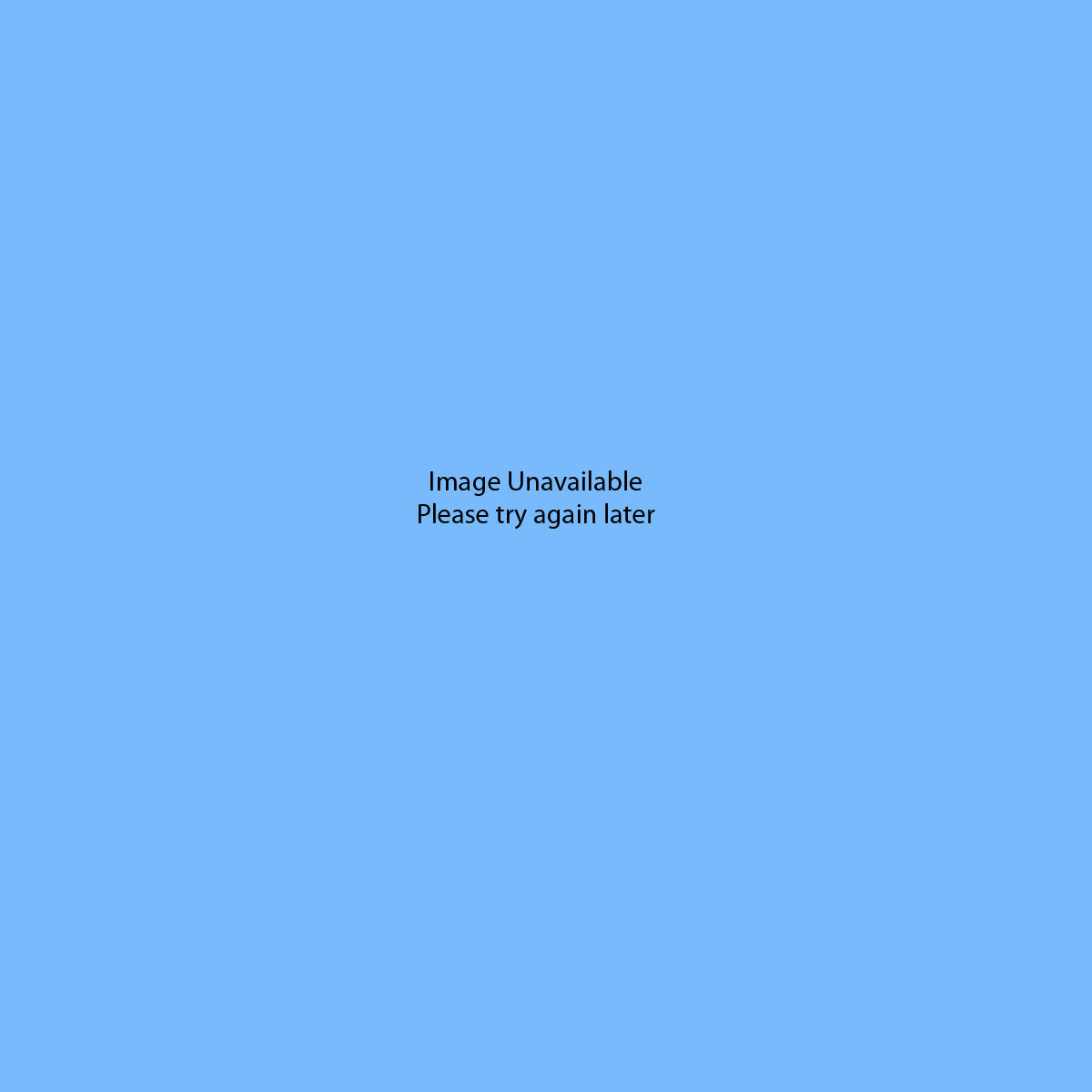David Goldblatt / Structures of Dominion & Democracy
The Goodman Gallery is pleased to present major photographs in the ongoing Structures series by David Goldblatt. Structures is a major body of work described by Nobel Laureate Nadine Gordimer as “an extraordinary visual history of a country and its people."
For over three decades Goldblatt has travelled South Africa photographing sites weighted with historical narrative: monuments, as well as private, religious and secular sites that reveal something about the people who built them.
These sites also allow us a glimpse into the everyday. Each place is a repository, a landscape containing an epic story that has involved whole communities. The experience is sometimes told through the memorialising of remarkable individuals. Titled Structures of Dominion & Democracy, the exhibition traverses two distinct eras in our history. Instead of the word ‘Baasskap’, Goldblatt refers to the era of inequality as Dominion (see artist’s statement, below).
Artworks
About

David Goldblatt
David Goldblatt (1930 – 2018) was born in Randfontein, a small mining town outside of Johannesburg, South Africa. Through his lens, South African he chronicled the people, structures and landscapes of his country from 1948, through the rise of Afrikaner Nationalism, the apartheid regime and into the democratic era – until his death in June, 2018. In particular, Goldblatt documented the people, landscapes and industry of the Witwatersrand, the resource-rich area in which he grew up and lived, where the local economy was based chiefly on mining. In general, Goldblatt’s subject matter spanned the whole of the country geographically and politically from sweeping landscapes of the Karoo desert, to the arduous commutes of migrant black workers, forced to live in racially segregated areas. His broadest series, which spans six decades of photography, examines how South Africans have expressed their values through the structures, physical and ideological, that they have built.
In 1989, Goldblatt founded the Market Photography Workshop, a training institution in Johannesburg, for aspiring photographers. In 1998 he was the first South African to have a solo exhibition at the Museum of Modern Art in New York. In 2001, a retrospective of his work, David Goldblatt Fifty-One Years began a tour of galleries and museums. He was one of the few South African artists to exhibit at Documenta 11 (2002) and Documenta 12 (2007) in Kassel, Germany. He has held solo exhibitions at the Jewish Museum and the New Museum, both in New York. His work was included in the exhibition ILLUMInations at the 54th Venice Biennale in 2011, and has featured on shows at the San Francisco Museum of Modern Art and Barbican Centre in London. In 2017, Goldblatt installed a series of portraits from his photographic essay Ex-Offenders in former prisons in Birmingham and Manchester. The portraits depict men and women, from South African and the UK, at the scene of their crimes, with accompanying texts that relate the subjects’ stories in their words. In the last year of his life, two major retrospectives were opened at Centre Pompidou in Paris, and the Museum of Contemporary Art in Sydney. The Goldblatt Archive is held by Yale University, in New Haven, Connecticut.
Goldblatt is the recipient of the 2006 Hasselblad award, the 2009 Henri Cartier-Bresson Award, the 2013 ICP Infinity Award and in 2016, he was awarded the Commandeur des Arts et des Lettres by the Ministry of Culture of France.
Download full CV

















